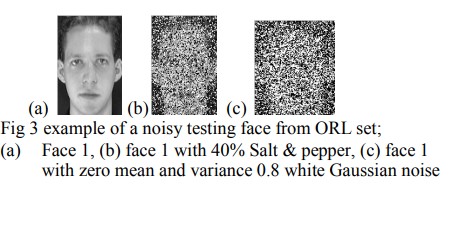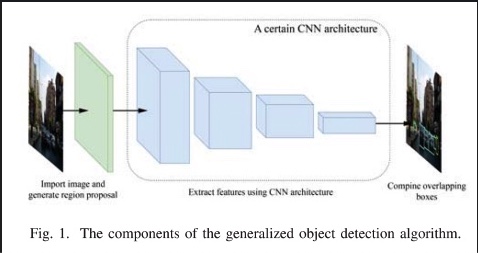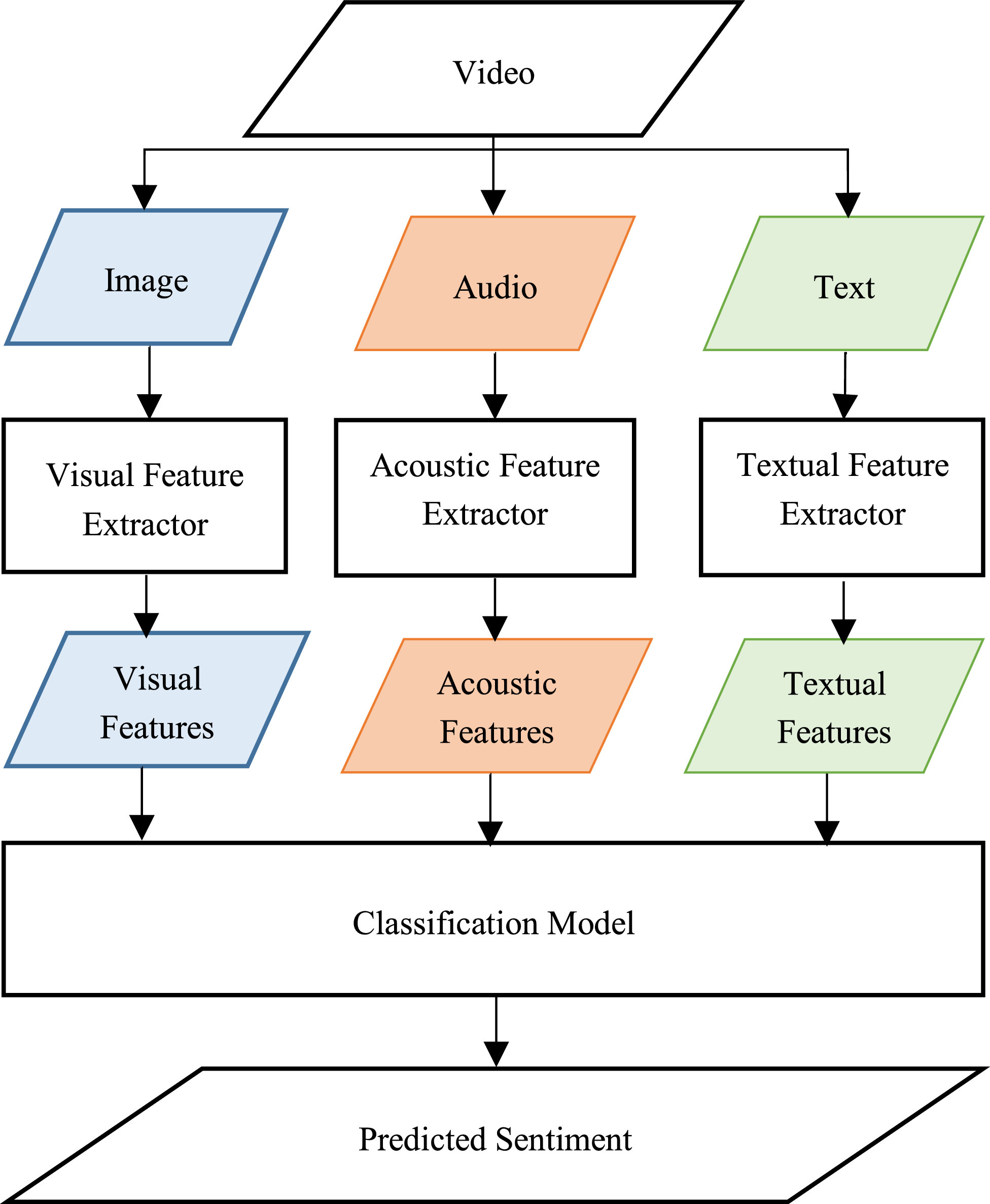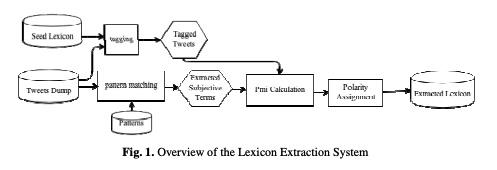Breadcrumb

Performance evaluation of transform domain diagonal principal component analysis for facial recognition employing different pre-processing spatial domain approaches
Facial recognition using spatial domain Diagonal Principal Component Analysis (DiaPCA) algorithm produces better accuracy compared to the Two Dimensional PCA (2DPCA). Transform Domain - 2DPCA (TD2DPCA) retains the high recognition accuracy of the 2DPCA while considerably reducing storage requirements and computational complexity. In this work, the Transform Domain PCA implementation of the DiaPCA (TDDiaPCA) is presented. All the test results, for noise free and noisy images, consistently confirm the considerable storage and computational savings for different spatial domain pre-processing

A Deep Learning Approach for Vehicle Detection
The autonomous driving needs some several features to achieve driving without human interference. One of these features is vehicle classification and detection since the target of this process is to help the CPU ''Central Processing Unit" of the vehicle to see what is around the vehicle, in order to evaluate the situation to take the best decision for each situation in real time. This paper is focusing on the classification process of the video-based vehicle detection, to achieve that, different deep learning techniques have been implemented which are known as convolutional neural networks
Content based image retrieval of diabetic macular edema images
Colour fundus images play an important role in diagnosing and screening diabetic macular edema (DME). In rural areas, content-based image retrieval (CBIR) might compensate the lack of expert ophthalmologists. In this work, we present a fully automated CBIR system that retrieves fundus images according to their content (quantity and location) of exudates. First, the macula is divided into three concentric regions whose texture discontinuities are used to represent lesion content of the retina. The image-to-image distance measure gives higher weights to lesions closer to the fovea to reflect the
Content based image retrieval of diabetic macular edema images
Colour fundus images play an important role in diagnosing and screening diabetic macular edema (DME). In rural areas, content-based image retrieval (CBIR) might compensate the lack of expert ophthalmologists. In this work, we present a fully automated CBIR system that retrieves fundus images according to their content (quantity and location) of exudates. First, the macula is divided into three concentric regions whose texture discontinuities are used to represent lesion content of the retina. The image-to-image distance measure gives higher weights to lesions closer to the fovea to reflect the
Automated cardiac-tissue identification in composite strain-encoded (C-SECN) images using fuzzy K-means and bayesian classifier
Composite Strain Encoding (C-SENC) is an MRI acquisition technique for simultaneous acquisition of cardiac tissue viability and contractility images. It combines the use of black-blood delayed-enhancement imaging to identify the infracted (dead) tissue inside the heart wall muscle and the ability to image myocardial deformation (MI) from the strain-encoding (SENC) imaging technique. In this work, we propose an automatic image processing technique to identify the different heart tissues. This provides physicians with a better clinical decision-making tool in patients with myocardial infarction

Multimodal Video Sentiment Analysis Using Deep Learning Approaches, a Survey
Deep learning has emerged as a powerful machine learning technique to employ in multimodal sentiment analysis tasks. In the recent years, many deep learning models and various algorithms have been proposed in the field of multimodal sentiment analysis which urges the need to have survey papers that summarize the recent research trends and directions. This survey paper tackles a comprehensive overview of the latest updates in this field. We present a sophisticated categorization of thirty-five state-of-the-art models, which have recently been proposed in video sentiment analysis field, into

Investigating analysis of speech content through text classification
The field of Text Mining has evolved over the past years to analyze textual resources. However, it can be used in several other applications. In this research, we are particularly interested in performing text mining techniques on audio materials after translating them into texts in order to detect the speakers' emotions. We describe our overall methodology and present our experimental results. In particular, we focus on the different features selection and classification methods used. Our results show interesting conclusions opening up new horizons in the field, and suggest an emergence of
AraVec: A set of Arabic Word Embedding Models for use in Arabic NLP
Advancements in neural networks have led to developments in fields like computer vision, speech recognition and natural language processing (NLP). One of the most influential recent developments in NLP is the use of word embeddings, where words are represented as vectors in a continuous space, capturing many syntactic and semantic relations among them. AraVec is a pre-Trained distributed word representation (word embedding) open source project which aims to provide the Arabic NLP research community with free to use and powerful word embedding models. The first version of AraVec provides six

A fully automated approach for Arabic slang lexicon extraction from microblogs
With the rapid increase in the volume of Arabic opinionated posts on different social media forums, comes an increased demand for Arabic sentiment analysis tools and resources. Social media posts, especially those made by the younger generation, are usually written using colloquial Arabic and include a lot of slang, many of which evolves over time. While some work has been carried out to build modern standard Arabic sentiment lexicons, these need to be supplemented with dialectical terms and continuously updated with slang. This paper proposes a fully automated approach for building a
Exploiting neural networks to enhance trend forecasting for hotels reservations
Hotel revenue management is perceived as a managerial tool for room revenue maximization. A typical revenue management system contains two main components: Forecasting and Optimization. A forecasting component that gives accurate forecasts is a cornerstone in any revenue management system. It simply draws a good picture for the future demand. The output of the forecast component is then used for optimization and allocation in such a way that maximizes revenue. This shows how it is important to have a reliable and precise forecasting system. Neural Networks have been successful in forecasting
Pagination
- Previous page ‹‹
- Page 20
- Next page ››
